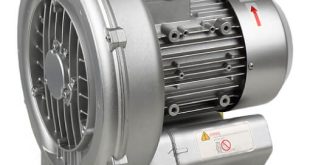rotary positive displacement blowers
Here are some key features and components of rotary positive displacement blowers:
1. **Rotors**: These are the primary moving parts in the blower. They are usually mounted in a housing and rotate to create the displacement of air. There are various rotor configurations, such as lobe rotors or screw rotors.
2. **Housing**: The housing encases the rotors and provides a controlled environment for the air to be displaced. It typically has precise clearances to ensure efficient operation.
3. **Intake and Discharge Ports**: These ports are where air enters and exits the blower. The design and placement of these ports affect the blower’s performance and efficiency.
4. **Seals**: Seals are used to prevent air from escaping or leaking within the blower. They help maintain the efficiency of the displacement process.
5. **Bearings**: Bearings support the rotating elements and ensure smooth operation.
6. **Drive Mechanism**: This can be an electric motor or another form of drive that powers the rotors.
**Advantages of Rotary Positive Displacement Blowers**:
– **Consistency**: They provide a steady and consistent flow of air or gas.
– **High Efficiency**: They are often more efficient than other types of blowers, especially in applications requiring high pressures.
– **Durability**: Designed to handle demanding conditions and provide long-term reliability.
– **Low Noise**: Many rotary positive displacement blowers are designed to operate more quietly compared to other types.
**Applications**:
– **Wastewater Treatment**: Providing aeration for biological processes.
– **Industrial Processes**: Moving air or gases in manufacturing or processing operations.
– **Pneumatic Conveying**: Transporting bulk materials through pipelines.
– **HVAC Systems**: Supporting ventilation and air circulation.
Understanding these components and their functions can help in choosing the right blower for your specific needs and ensuring its optimal performance.
